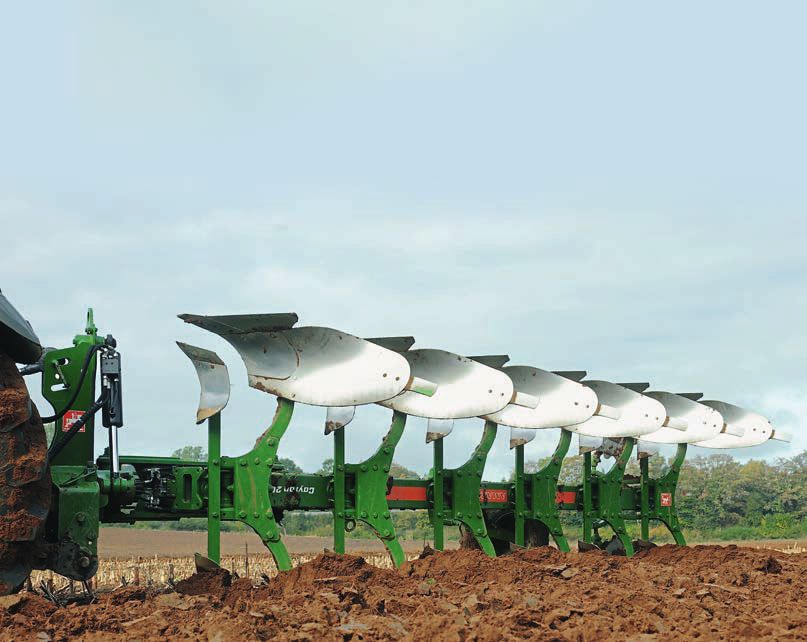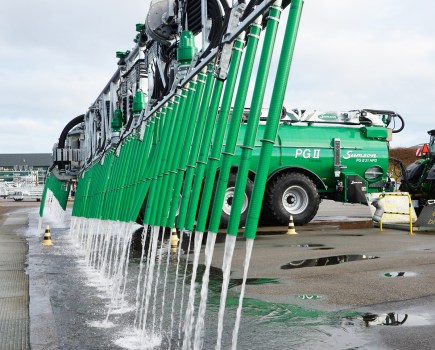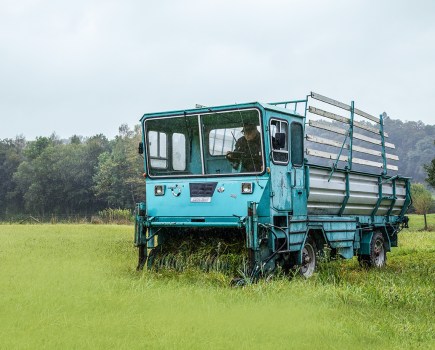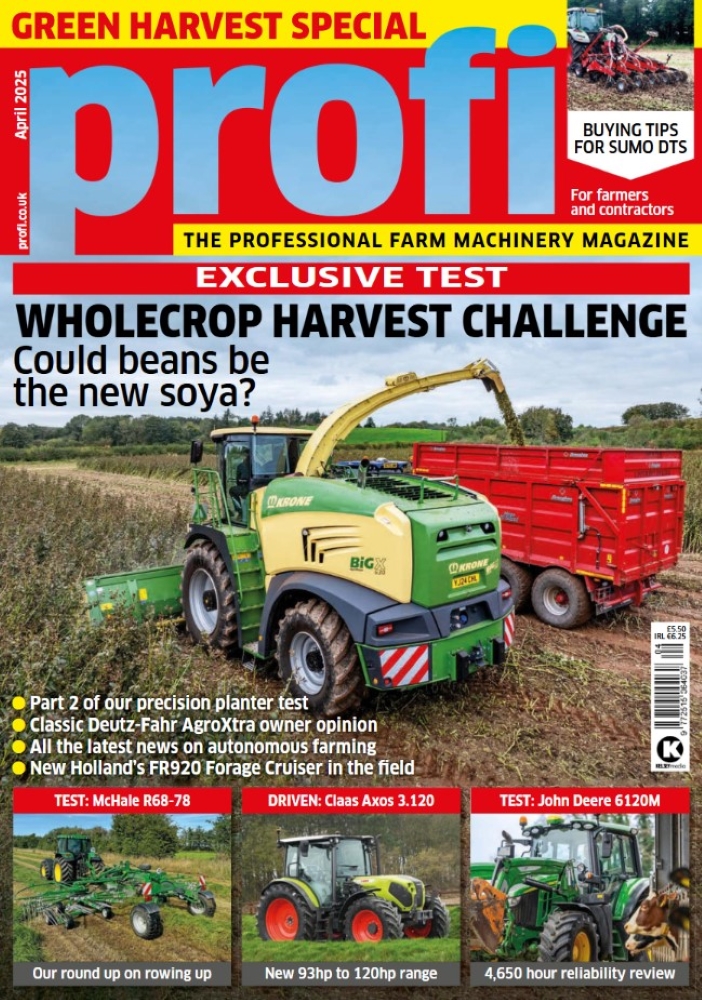Has Amazone lost the product development plot? With all the current buzz surrounding strip-till and direct-drilling, it would seem a strange decision for a manufacturer to design a new range of reversible ploughs — from scratch. Well, that’s exactly what Amazone has gone and done. Say hello to the Cayron
When things get tricky — and sticky — many arable farms will pull out the plough to get them out of a pickle; reflectiing this, the UK market has increased from 875 units in 2010 to 975 in 2013. And just as the plough is being used as a method to combat blackgrass over here, German farmers are turning to it as one method to control corn borer beetle in maize.
Amazone has toyed with the idea of getting into the plough market for over a decade — creating a one-stop shop for crop establishment. Starting from a clean sheet of paper, the Cayron 200 V is the firm’s first reversible, a six-furrow (five plus one), hydraulic vari-width with shear bolt protection and fitted with its own C-Blade universal U40 board.
Plough rating is for up to 240hp. Coupled via a Cat III linkage, this six-furrow tips the scales at 2,700kg. All six hydraulic hoses are clearly marked and stored in a reasonable holder. The top link can go into one of three holes, two of which are elongated. Less traditional is the lift arm attachment, which latches on to a full width shaft with bearings to help absorb shock loads, benefiting not just the plough but also the tractor. Height of the shaft can be adjusted by up to 35mm for the different attachment heights.
There is nothing radical about the turnover mechanism, which has mechanical stops controlled by turnbuckles to set the plough’s pitch. These turnbuckles could be easier to turn, so Amazone is planning on changing the thread. While they’re at it we’d also like them to fit a scale for guidance. The sizeable turnover shaft is 130mm in diameter throughout its length and turns on tapered roller bearings. The hollow shaft accommodates all the hoses internally, protecting them from damage during turning.
The turnover ram is supplemented by another ram that controls the furrow width as well as a double ram to vary the position of the front furrow. The beam is linked to the headstock via a parallel linkage. This linkage is also home to a double ram, which consists of a piston with double-acting cylinders on either end that can be operated independently. The front ram raises the beam out of work before the turnover sequence starts, ensuring the bodies have sufficient ground clearance when the plough rolls over.
[Download the PDF to read the rest of the article in full]
For more up-to-date farming news click here and subscribe now to profi and save






